Home »
Misc »
How many rules does basketball have now
How many rules does basketball have now
Original 13 Rules of Basketball
Dr. James Naismith's Original 13 Rules of Basketball
Check out the basketball rules that originally were published on Jan. 15, 1892, in the Springfield College school newspaper, The Triangle.
Dr. James Naismith's Original 13 Rules of Basketball
1. The ball may be thrown in any direction with one or both hands.
2. The ball may be batted in any direction with one or both hands (never with the fist).
3. A player cannot run with the ball. The player must throw it from the spot on which he catches it, allowance to be made for a man who catches the ball when running at a good speed if he tries to stop.
4. The ball must be held in or between the hands; the arms or body must not be used for holding it.
5. No shouldering, holding, pushing, tripping, or striking in any way the person of an opponent shall be allowed; the first infringement of this rule by any player shall count as a foul, the second shall disqualify him until the next goal is made, or, if there was evident intent to injure the person, for the whole of the game, no substitute allowed.![]()
6. A foul is striking at the ball with the fist, violation of Rules 3,4, and such as described in Rule 5.
7. If either side makes three consecutive fouls, it shall count a goal for the opponents (consecutive means without the opponents in the mean time making a foul).
8. A goal shall be made when the ball is thrown or batted from the grounds into the basket and stays there, providing those defending the goal do not touch or disturb the goal. If the ball rests on the edges, and the opponent moves the basket, it shall count as a goal.
9. When the ball goes out of bounds, it shall be thrown into the field of play by the person first touching it. In case of a dispute, the umpire shall throw it straight into the field. The thrower-in is allowed five seconds; if he holds it longer, it shall go to the opponent. If any side persists in delaying the game, the umpire shall call a foul on that side.
10. The umpire shall be judge of the men and shall note the fouls and notify the referee when three consecutive fouls have been made. He shall have power to disqualify men according to Rule 5.
He shall have power to disqualify men according to Rule 5.
11. The referee shall be judge of the ball and shall decide when the ball is in play, in bounds, to which side it belongs, and shall keep the time. He shall decide when a goal has been made, and keep account of the goals with any other duties that are usually performed by a referee.
12. The time shall be two 15-minute halves, with five minutes' rest between.
13. The side making the most goals in that time shall be declared the winner. In case of a draw, the game may, by agreement of the captains, be continued until another goal is made.
Note: Basketball was originally two words. These original rules were published Jan. 15, 1892, in the Springfield College school newspaper, The Triangle.
How Has Basketball Changed Over 125 Years? Here Are The 13 Original Rules | by NBA Referees
Source: http://unmistakablylawrence.com/explore/itineraries/basketball/
Today is a special day in the history of basketball. On this day, December 21st, in 1891, the first basketball game was played in Springfield, Massachusetts.
On this day, December 21st, in 1891, the first basketball game was played in Springfield, Massachusetts.
Created by Canadian-born Dr. James Naismith, basket ball, had 13 original rules. The sport has evolved and modified in many ways over the past 125 years, but today’s rules have the same fundamental principles as Naismith intended in 1891.
Dr. James Naismith earned his degree in Physical Education from McGill University before departing to America in 1890. Later that year, he enrolled at Springfield College in Massachusetts, known at the time as the YMCA Training School. During his second year of graduate school, Naismith attended a Psychology of Play seminar taught by Dr. Luther Halsey Gulick, the superintendent of physical education at the College. Gulick tasked the attendees with creating a non-violent game that could be played indoors during the cold winter months. The original intention of the new game was to keep restless students in shape in between the fall and spring sports seasons.
In the fall of 1891, after modifying several other sports including a childhood game called duck on a rock, basket ball was born. Originally, basket ball had 13 rules and was played with two peach baskets as goals. There was only 1 point scored in the first game in Springfield.
One of the biggest differences between Naismith’s game 125 years ago and basketball today is that the original game had no dribbling. Players had to throw the ball from the spot on which they caught it, allowing the man in motion catching the ball just a few steps. Another difference was that if either team committed three consecutive fouls, it counted as a “goal” for the opponent. Although this rule no longer exists, if either team commits five fouls in a quarter, the offending team is in the penalty and the fouled team has the opportunity to shoot free throws.
Although, the game has greatly advanced — now played in over 200 countries — from its first days in 1891, the authenticity of Naismith’s original idea has endured. See the original 13 rules below:
See the original 13 rules below:
1. The Ball may be thrown in any direction by one or both hands.
2. The ball may be batted in any direction with one or both hands (never with the fist).
3. A player cannot run with the ball. The player must throw it from the spot on which he catches it, allowance to be made for man who catches the ball when running, if he tries to stop.
4. The ball must be held by the hands; the arms or body must not be used for holding it.
5. No shouldering, holding, pushing, tripping, or striking in any way the person of an opponent shall be allowed; the first infringement of the rule by any player shall count as a foul, the second shall disqualify him until the next goal is made, or if there was evident intent to injure the person, for the whole game, no substitute allowed.
6. A foul is striking at the ball with the fist, violation of rules 3, 4, and such as described in rule 5.
7. If either side makes three consecutive fouls it shall count a goal for the opponents (consecutive means without the opponents in the meantime making a foul.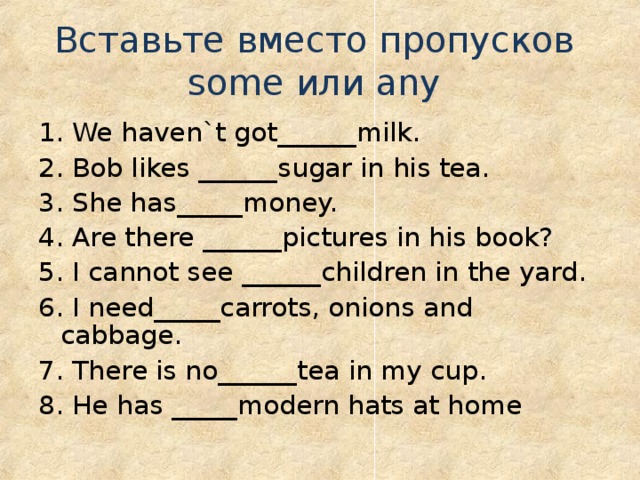 )
)
8. A goal shall be made when the ball is thrown or batted from the grounds into the basket and stays there, providing those defending the goal do not touch or disturb the goal. If the ball rests on the edges, and the opponent moves the basket, it shall count as a goal.
9. When the ball goes out of bounds it shall be thrown into the field of play by the person first touching it. In case of a dispute the umpire shall throw it straight into the field. The thrower-in is allowed five seconds; if he holds it longer it shall go to the opponent. If any side persists in delaying the game, the umpire shall call a foul on that team.
10. The umpire shall be the judge of the men and shall note the fouls and notify the referee when three consecutive fouls have been made. He shall have the power to disqualify men according to rule 5.
11. The referee shall be the judge of the ball and shall decide when the ball is in play, in bounds, to which side it belongs, and shall keep the time.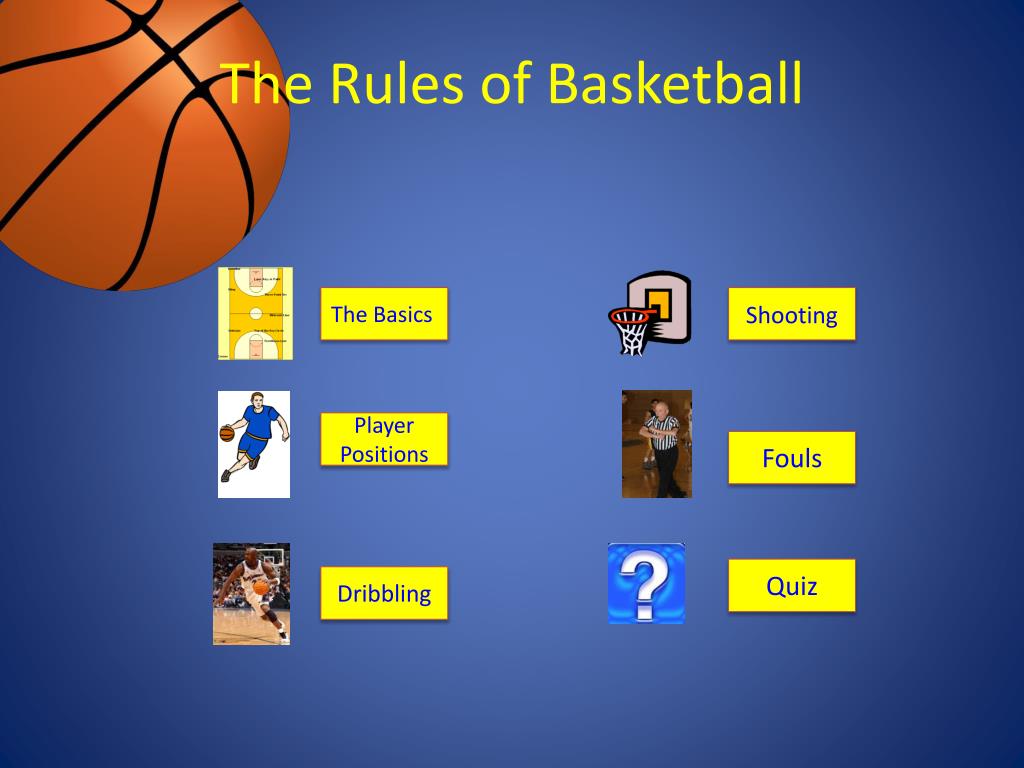 He shall decide when a goal has been made, and keep account of the goals, with any other duties that are usually performed by the referee.
He shall decide when a goal has been made, and keep account of the goals, with any other duties that are usually performed by the referee.
12. The time shall be two 15-minute halves, with 5 minutes rest between.
13. The side making the most goals in that time shall be declared the winner. In case of a draw, the game may be by mutual agreement, be continued until another goal is made.
Rules of Basketball
How the rules have changed in your favorite game
How the rules have changed in your favorite game
WE ALL LOVE TO PLAY BASKETBALL, BUT DO YOU KNOW THE RULES EXACTLY?
Basketball was invented by James Naismith in 1891. Then everything was different: playgrounds, baskets, balls…
!!! Read about the evolution of balls in the article:
Basketball was invented by James Naismith in 1891. Then everything was different: playgrounds, baskets, balls…
!!! Read about the evolution of balls in the article:
The history of basketballs
The history of basketballs
What balls are played now and how it happened
The beginning
The rules have also changed a lot during this time. Initially, there were only 13 of them in basketball:
Initially, there were only 13 of them in basketball:
- The ball can be thrown in any direction with one or two hands.
- The ball may be hit with one or both hands in any direction, but never with the fist.
- The player cannot run with the ball. The player must throw the ball from the point at which he caught it, except for a player running at high speed.
- The ball must be held with the hands. You can not use the forearms and body to hold the ball.
- In any case, hitting, grabbing, holding and pushing the opponent is not allowed. The first violation of this rule by any player shall be called a foul; the second foul disqualifies him until the next ball is scored, and if there was an obvious intention to injure the player, then a disqualification for the entire game. It is not allowed to replace a disqualified player.
- Punching the ball is a violation of points 2 and 4, the penalty is described in point 5.

- commit no foul).
- A point is scored if a ball thrown or bouncing off the floor hits the basket and stays there. Defending players are not allowed to touch the ball or basket while shooting. If the ball touches the edge and the opponents move the basket, then a point is scored.
- If the ball goes out of bounds, it must be dropped into the field by the first player to touch it. In the event of a dispute, the referee must throw the ball into the field. The thrower is allowed to hold the ball for five seconds. If he holds it longer, then the ball is given to the opponent. If either side tries to play for time, the referee must give them a foul.
- The referee must monitor the actions of the players and fouls, and notify the referee of three consecutive fouls. He shall have the power to disqualify players under rule 5.
- The referee must watch the ball and determine when the ball is in play (inbounds) and when it goes out of bounds (out of bounds), which side should be in possession of the ball, and any other action that the referee would normally take .

- The game consists of two halves of 15 minutes each with a break of 5 minutes between them.
- The side with the most goals during this time period is the winner.
The most important rule change in the history of basketball is the introduction of dribbling. In the original version of the game, this was prohibited by paragraph 3 of the rules.
One of the first changes in the game and the rules was the replacement of the basket with a ring with a net. It seemed to be very inconvenient to climb after the ball every time after a hit. Around the same time, free throws, dribbling appeared, and the composition of the teams was fixed for 5 players on the court at the same time. Before that, in some matches, up to 50 people could be on the court at the same time. All this happened back in 1896-1897.
The emergence of FIBA (International Basketball Federation)
Basketball in the early 20th century became more popular and the rules in each country could be different. This was one of the reasons why FIBA appeared in 1932 year. At the first FIBA Congress, the teams were approved (5 people and 2 substitutes), and it was decided that after each goal there would be a throw-in in the center. This rule was removed after 4 years to reduce the advantage of tall players.
This was one of the reasons why FIBA appeared in 1932 year. At the first FIBA Congress, the teams were approved (5 people and 2 substitutes), and it was decided that after each goal there would be a throw-in in the center. This rule was removed after 4 years to reduce the advantage of tall players.
Over the next few years, the main changes were related to the number of personal fouls, the number of players on the bench and the introduction of a time limit for getting the ball into the opponent's half of the court.
More changes came in 1952 after the Olympic Games. The game became very boring, because the teams held the ball, having received a minimal lead in the score. Everyone understood this and searched for solutions for several years in order to save the life of basketball. At 1954 Danny Biason proposed to the NBA to limit the time for the shot to 24 seconds. At the 1956 Olympics, there was a similar rule: it was necessary to make a throw in 30 seconds. At the same time, to add equality between defense and attack, another rule familiar to us appeared: you need to start dribbling the ball before the supporting leg comes off.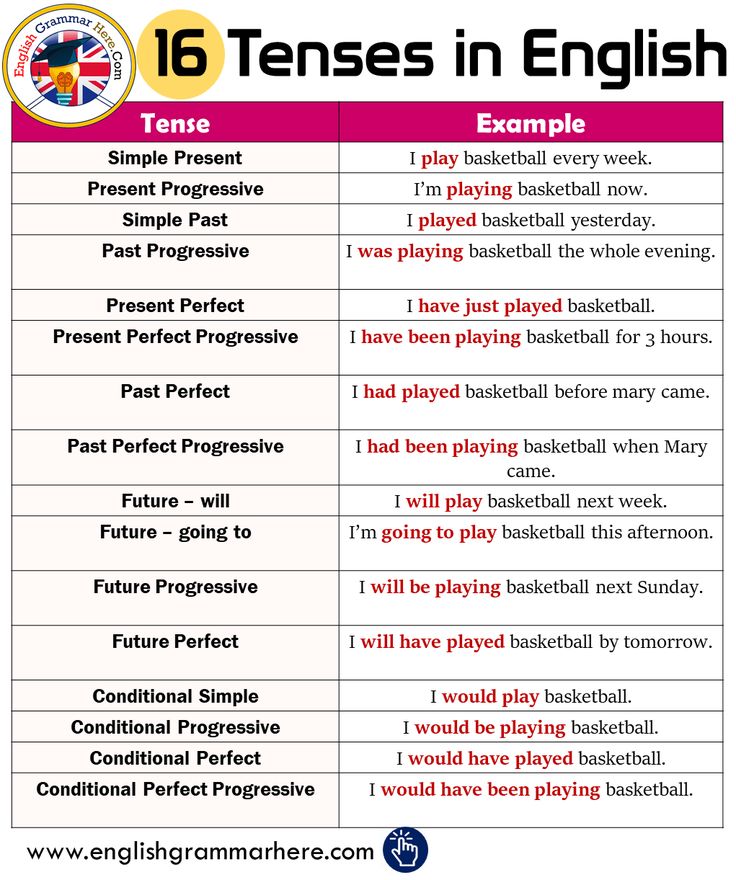
Then the game became similar to the modern one from a technical point of view: dribbling, shots, a three-second zone appeared. In 1979, the NBA added a three-point line, and in 19In 1984, FIBA also added an arc.
!!! An article about the evolution of the three-point shot and interesting facts:
10 interesting facts about the three-point shot.
10 interesting facts about the three-point shot.
Three-pointer evolution and insane records.
Changes in the rules and basketball since 1956 have included the number of free kicks, the situations in which these free kicks are given, and individual and team penalties. Some rules were introduced, and a few years later they were canceled. For example, the "3 for 2" rule: if a player was fouled in the shooting phase, then if one of the first two shots was missed, he could make another free throw. This rule was later removed.
Since the 1990s there have been constant changes: the emergence of alley-oops, changes in the timing and rewriting of the rules of running, which continue to this day.
From the most interesting: if the team has 0.3 seconds or less to throw the ball from behind, then it must be a one-touch throw. It takes at least 0.4 seconds to perform a full throw.
Derrick Fisher made similar throws:
And here is a small selection of videos of how they throw in 0.2 seconds:
Do you want to take your first steps in basketball or improve your basic skills? We have a Basic Basketball Skills workout for you. See the schedule and sign up:
SIGN UP
Coach: Yuriy Bespalov
- Professional player of the INANOMO 3x3 team;
- Champion of Russia 3x3 2019, 2021;
- Winner and medalist of the MOFB championship;
- MLBL Summer League MVP 2017;
- Multiple participant of Moscow Open;
- Champion of Moscow 3x3 2017;
- MVP GrunisCup 2017.
IF YOU LIKE THIS ARTICLE, DON'T FORGET TO SHARE IT WITH YOUR FRIENDS.
MORE ARTICLES FROM
BLOG
We write useful articles about basketball training, basketball shoes and everything related to this beautiful game.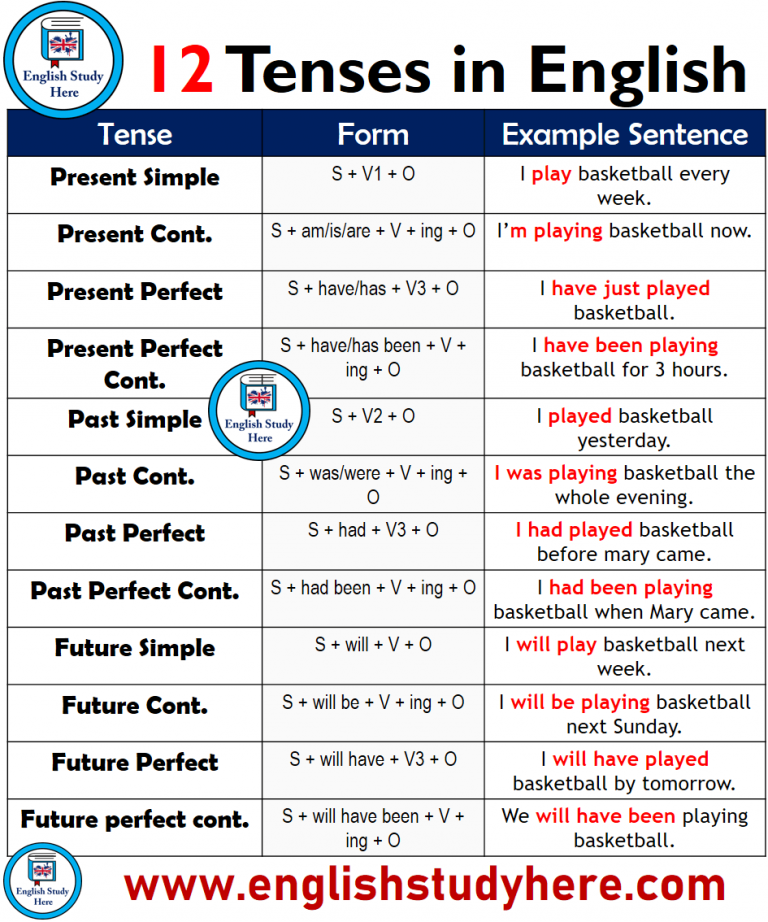
Basketball in Moscow in winter
Free throw in basketball: technique and secrets of execution
Passes in basketball: basic types and technique of execution
Basketball terms that everyone should know
How to increase the jump? 5 tips
9 definitions, which each basketball player
#is
in social networks:
Basketball Rules - Sports Fan
is one of the most popular sports in the world. Everyone who is interested in this sport should understand and know the rules of basketball . The rules in basketball throughout the history of the development of sports have changed and supplemented. In our article, we will talk about the current official FIBA rules.
Two teams take part in the game. The goal of each team is to throw the maximum number of times the basketball into the opponent's basket and at the same time prevent the opponent from taking possession of the ball and throwing it into their own basket.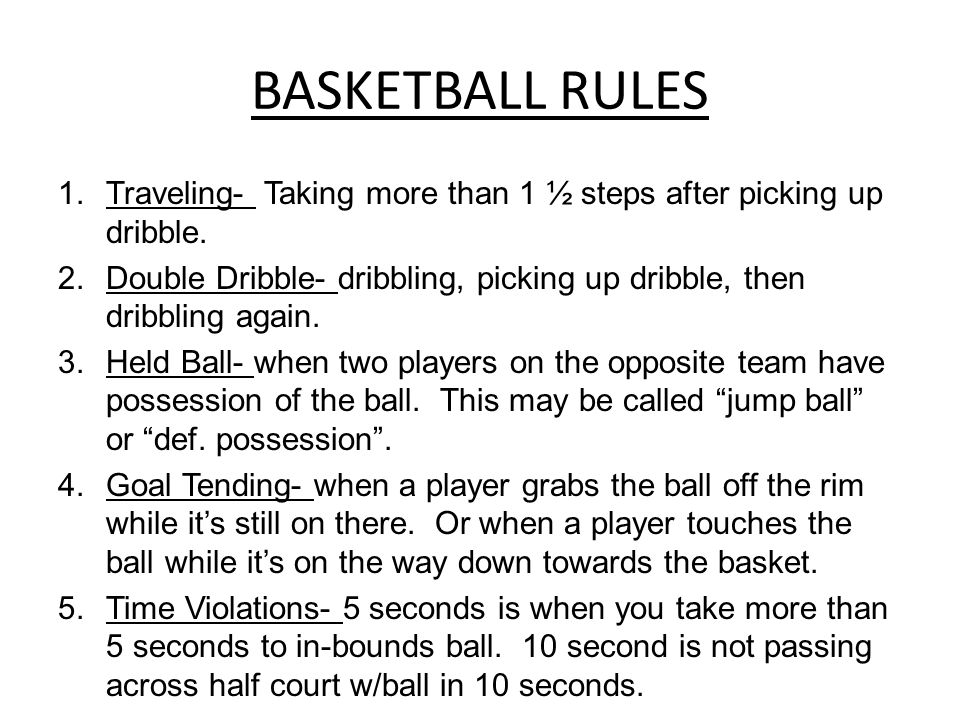 The height of the basket (basketball hoop) is 3.05 meters from the site.
The height of the basket (basketball hoop) is 3.05 meters from the site.
A different number of points are scored for each goal scored from different distances.
From middle and close distances - 2 points, for throwing the ball from a long distance the team gets 3 points, and from a penalty kick the team gets 1 point. The basketball court is 15 meters wide and 28 meters long.
A basketball game starts with a throw-in in the center of the field. As soon as one of the players has touched the ball, the countdown begins. A separate judge, “timekeeper”, monitors the timekeeping. His powers include stopping time on a whistle and resuming it. The match consists of 4 periods of 10 minutes each. Breaks between periods are 15 minutes.
Three-Point Zone
Each team has only 24 seconds to attack. At the same time, there is also a “three-second zone”. The “3-second zone” is the zone of the opponent, in which a player of the team who attacks no more than 3 seconds in a row can be located.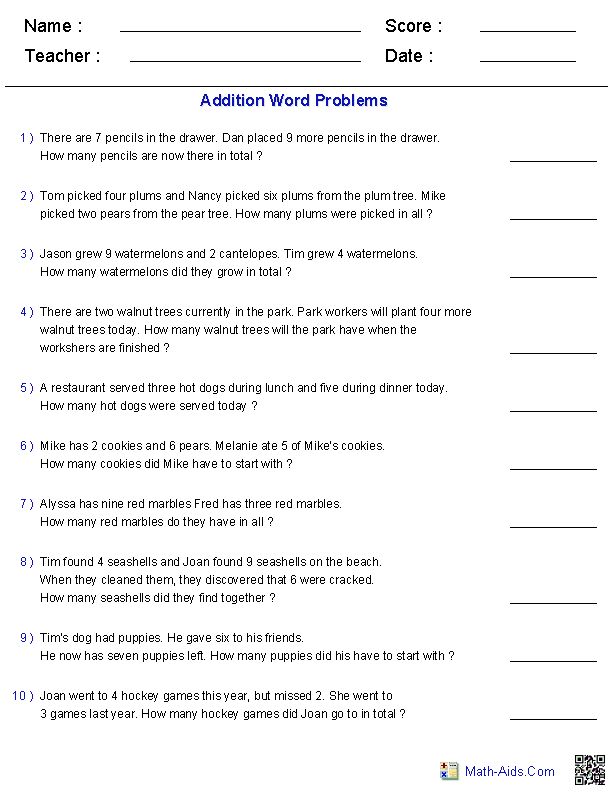 There are also such rules as "Five seconds" and "Eight seconds". The Eight Second Rule is a rule that restricts the actions of one's team in the backcourt. When receiving the ball in the backcourt, the team has 8 seconds to transfer the ball to the frontcourt, i.e. essentially launch an attack. The Five Second Rule is a rule that restricts a player from passing the ball, as long as he is closely guarded.
There are also such rules as "Five seconds" and "Eight seconds". The Eight Second Rule is a rule that restricts the actions of one's team in the backcourt. When receiving the ball in the backcourt, the team has 8 seconds to transfer the ball to the frontcourt, i.e. essentially launch an attack. The Five Second Rule is a rule that restricts a player from passing the ball, as long as he is closely guarded.
A tie in basketball is not allowed. In this case, additional or additional overtime is assigned until one of the teams can take the lead. Each overtime is 5 minutes long.
During the game, there are moments when opponents, both players from different teams, hold the ball with both hands and do not concede to each other. This moment is called controversial. Such a moment is allowed by throwing the ball between these players.
Out is when the basketball is out of court. Out means putting the ball into play after it has been determined from which player of the team the ball came out.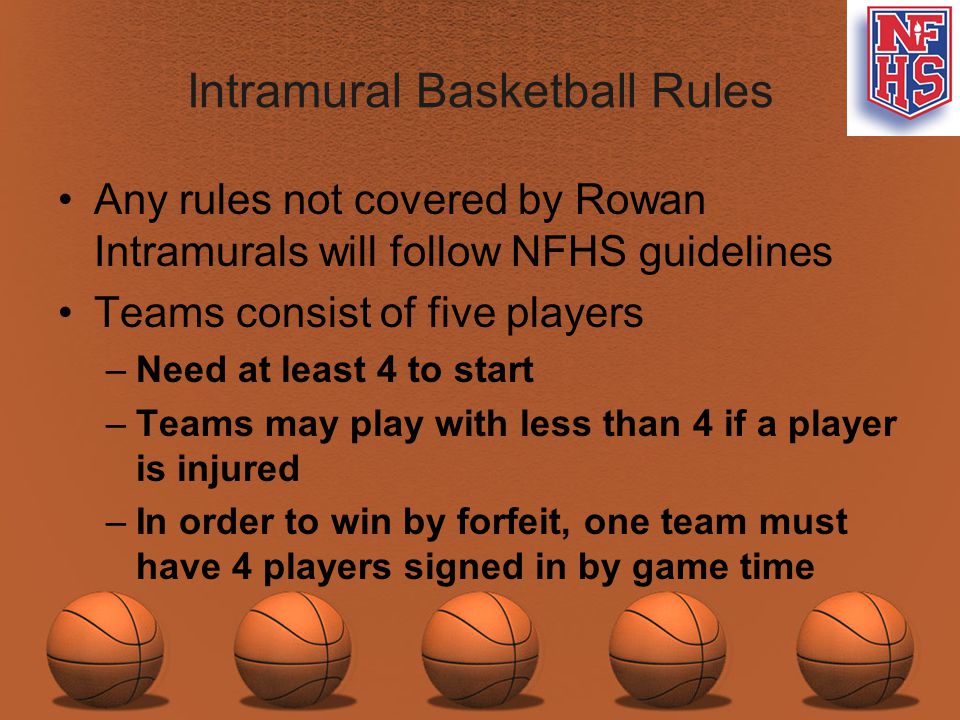 If it is not possible to determine, the ball is considered dropped and put into play by a throw-in. The ball goes to the team from which the ball did not go out.
If it is not possible to determine, the ball is considered dropped and put into play by a throw-in. The ball goes to the team from which the ball did not go out.
During the game of basketball, the technique of dribbling is clearly monitored. The rules have their limits here. So, after dribbling, the player is allowed to take only two steps with the ball in his hands, while not hitting the ball on the floor. The player must pass this ball either to a partner or throw it around the ring. If the player continues to move, this is again a violation and is called "double dribble". In both cases described above, the offense is punished by passing the ball to the opponent.
Dribble Rules
If the player does not fix the ball, but continues to tap it on the floor, while being motionless, and after 3 or 4 seconds continues to move, then no violations are seen. Throwing the ball in with both hands is prohibited, as well as hitting the ball with a fist. You can dribble with either your right or left hand. In case of violation of dribbling - the punishment is the transfer of the ball to the opponent.
In case of violation of dribbling - the punishment is the transfer of the ball to the opponent.
Replacements. Substitutions in the game are possible when the game is stopped. The number of substitutions is not limited. As a rule, there are 7 players on the bench.
Basketball is an emotional and inspiring game. Naturally, this game is not complete without brawls and fights. For such violations, a technical foul is assigned and is punished with a free throw from 6 meters. A free throw can be taken by both the injured person and a teammate.
If there was a fight, then this is a serious violation and it is punished by disqualification of the player until the end of the game, but with the right to substitute.
In general, there are many skirmishes and fouls during the game. For each foul the player is given a warning. A player can receive no more than 5 warnings per game. After that, the player is disqualified until the end of the game, but again, with the right to substitute.